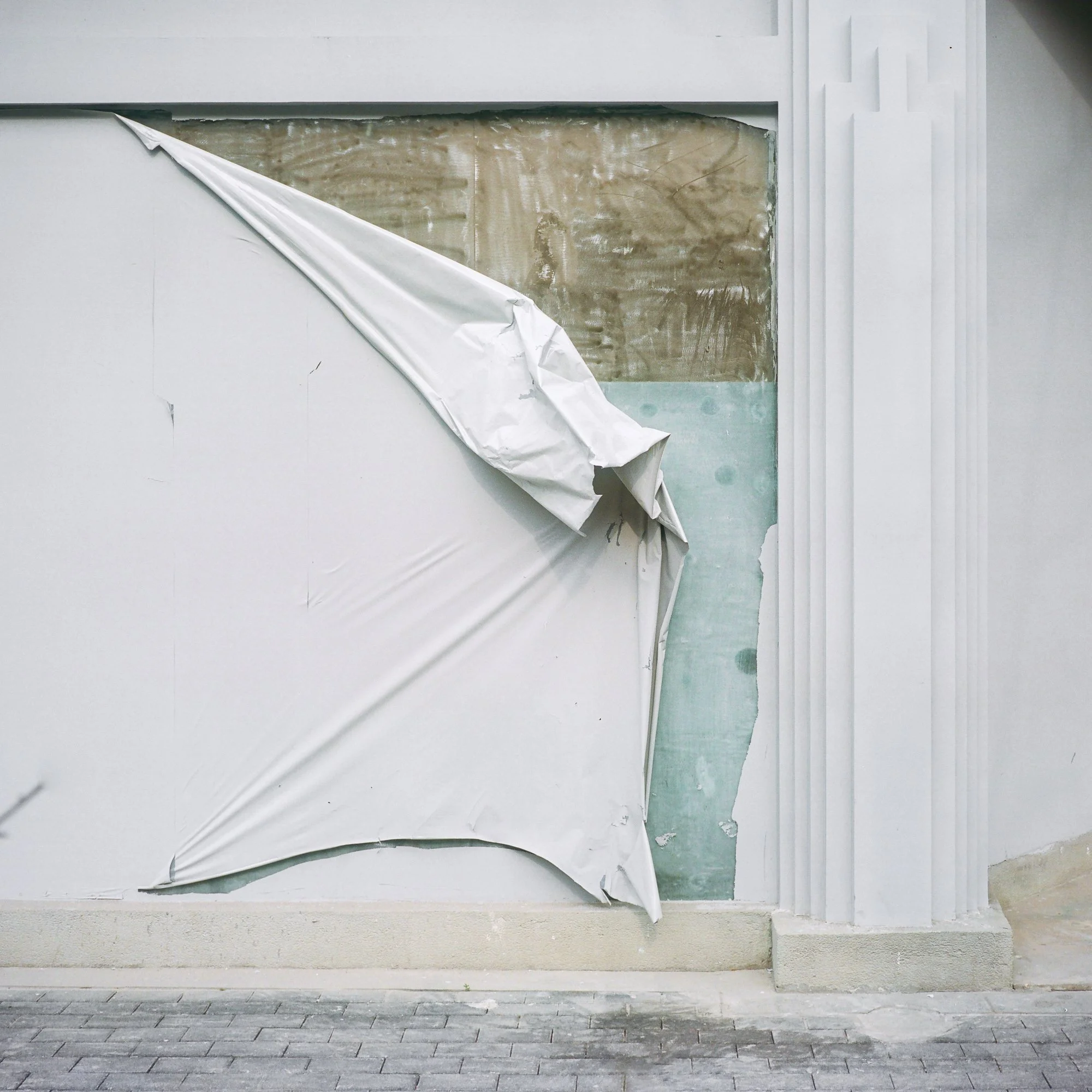Leave Blank
Shanghai was a place I called home more than anywhere else.
Not being able to return during the pandemic was a quiet ache, one that lingered over the years.
When I finally returned after three long years, I found a city that had changed in ways it did not care to explain. It had weathered its own trials, though it seemed determined to leave them unspoken. Its streets bore subtle marks of what had passed—public alleys now closed off, the facades of homes fading into echoes of the lives they once held.
This silence was profound. In a place where histories are sometimes rewritten, what disappears often remains unacknowledged. The city carried on, outwardly unchanged, but within its quiet resolve lay a weight that could be felt but not named.
From where I stood—no longer inside, yet not entirely outside—I could only watch and grieve.
Grieve for a home that felt just out of reach, for a city that had moved on without me.


This space intentionally left blank

Walking through Shanghai’s streets now, I’m caught between feelings of melancholy and quiet hope. The emptiness in these spaces is undeniable, yet it holds a kind of promise. The city’s past lingers, but there’s room for the future to unfold.
In Chinese painting, the concept of “留白” or “leaving blank” refers to the necessary empty spaces that invite the viewer to imagine what could be. These walls, once filled with history, now feel like a blank canvas waiting for something new.
Photography offers the same opportunity. It captures a moment, a space, yet leaves room for interpretation. By framing these empty streets, I want to create a platform for others to explore the possibilities of what Shanghai can still become. It’s a tool to define reality, but also to dream beyond it. Through these images, I hope we can imagine a brighter, more hopeful future together, filling the city’s gaps with new possibilities, where what has been left blank can become something greater.


Work by
Wick / Sebastian Correa / Donis / Hyehyeon Kwon / Larry Li / Suke / Cheezy / Dongbay / Onng / Rafa / Gand / Badetox / Future / 龍門 / Cetans / Sebastian Supanz / Merijn Kavelaars / Adai.one / Boxes / 罗逸 / Elian Stolarsky / Chia Lee / Revos / 阿客伯格 / BKSHU / Bins / Dezio / Sacre_7017 / Wreck / 李佳兴 / Vega / Dice / Yoyojin /
Wick / Sebastian Correa / Donis / Hyehyeon Kwon / Larry Li / Suke / Cheezy / Dongbay / Onng / Rafa / Gand / Badetox / Future / 龍門 / Cetans / Sebastian Supanz / Merijn Kavelaars / Adai.one / Boxes / 罗逸 / Elian Stolarsky / Chia Lee / Revos / 阿客伯格 / BKSHU / Bins / Dezio / Sacre_7017 / Wreck / 李佳兴 / Vega / Dice / Yoyojin /
Exhibition at UltraSuperNew Kura Gallery, Tokyo
28 March - 11 April 2025













































































